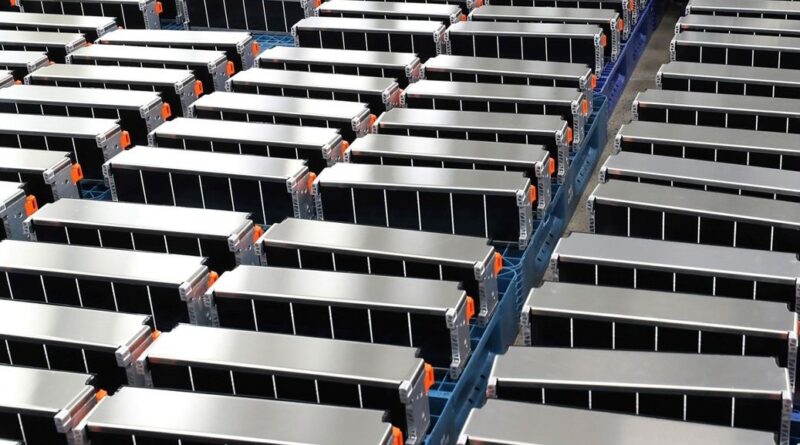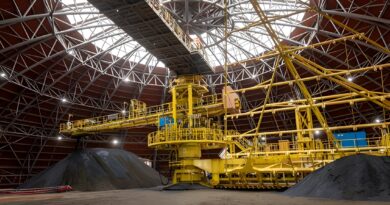Carbon regimes add uncertainty to lithium future costs
The advent of carbon pricing has the potential to accelerate cost increases for Lithium producers. Lithium mining, concentrating and conversion requires large amounts of energy. Major emission sources are highlighted by ore calcination and acid roasting during refining of mineral concentrates and extraction pumping and harvesting of brines. We calculate 2023 global Scope 1 and 2 emissions intensities averaging 2.5 to 3.0 t CO2e/t LCE refined for brine deposits and 10 to 12 CO2e/t LCE refined for typical spodumene sources. Emissions values were derived from Wood Mackenzie’s upcoming Lithium emissions benchmarking tool module, expected to launch in early Q2 of 2023.
Carbon pricing regimes are going to be a fact of life for the foreseeable future. Whether a global scheme ultimately prevails is open to argument, but most miners and processors will have to either decarbonise or pay for the privilege to emit greenhouse gases. To account for its market impact, we can apply various carbon prices to our cost data: in this instance, we have used a global price of US$88/t, reached by 2050 under our base case, US$133/t under our 2.0-degree scenario[4], and US$163/t to meet a 1.5-degree[5].
When we apply these carbon prices to unabated emissions at global Lithium operations and projects in 2025, as an example, the weighted average C1 cash cost of US$5,700/t LCE refined increases by US$600/t, US$900/t and US$1,100/t respectively. Under the same exercise and diving into the lithium deposit types reveals marginal costs rise at different rates, reflecting their varied energy intensities.
What carbon pricing means for metals
Higher marginal costs will typically mean higher prices on average, and this will be true of all commodities until decarbonisation of supply reaches maturity, when the effects of carbon costs will diminish. In the meantime, early movers may enjoy some margin growth as they move down the cost curve.
The energy transition offers a bright future for all transition metals. Suppliers of lithium, nickel and cobalt, copper and aluminium will be under pressure to meet the needs of the transport and power sectors while decarbonising their own operations. Financiers and governments face the same pressure as enablers of change. Some reticence is understandable given the technology and policy uncertainty. But “fortune favours the brave” is an adage perfectly suited to those suppliers willing to accelerate mine development and their decarbonisation targets. As cost curves grow and steepen, those miners and processors should be rewarded through higher margins.




